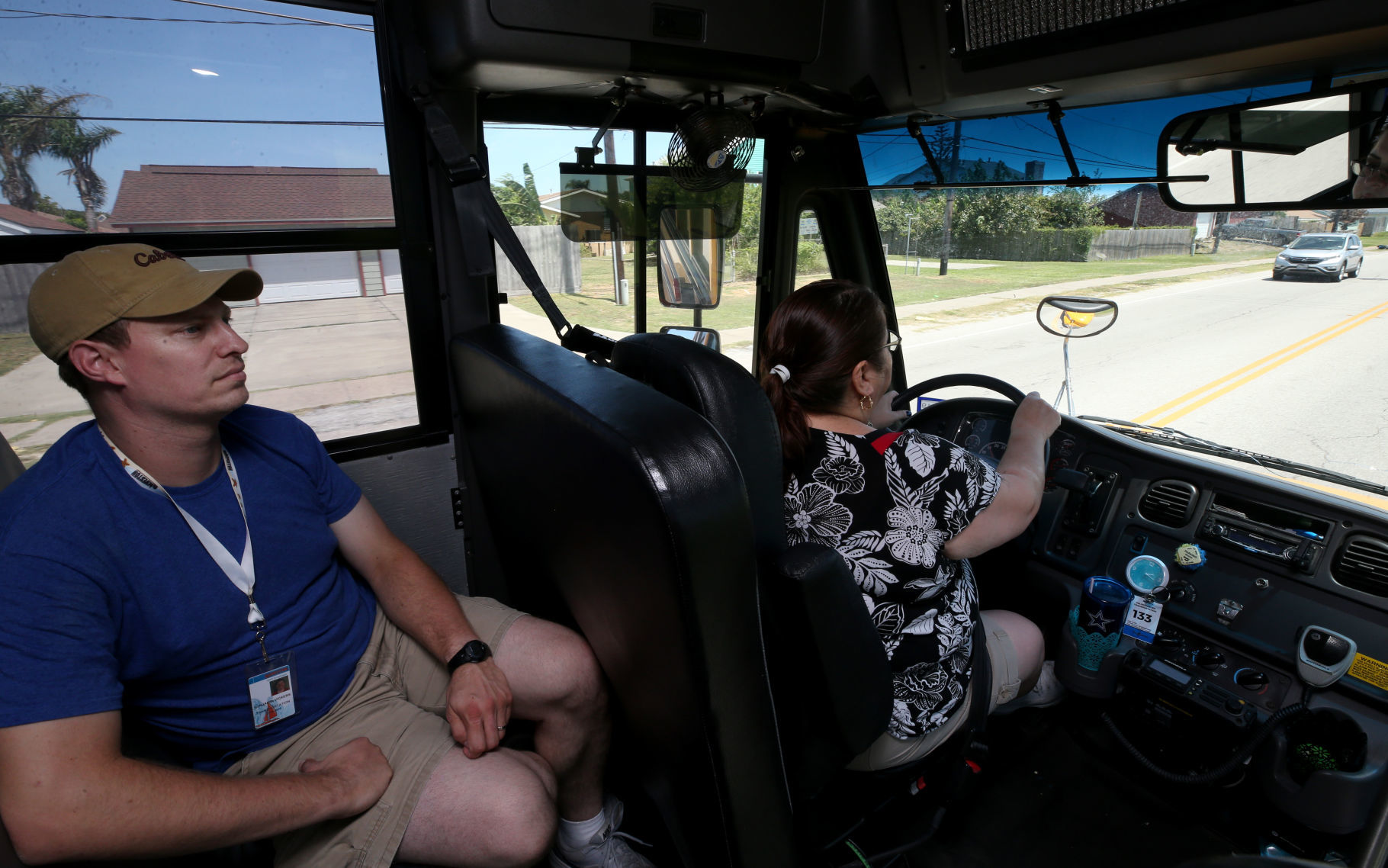

What is the maximum seating capacity of a standard size school bus? How many seats are in an average school bus?Ĭoinciding with their seating configuration, school buses have a higher seating capacity than buses of a similar length a typical full-size school bus can carry from 66 to 90 passengers. 15 How much does a 20 foot school bus weigh?.10 How many passengers can be on a single decker bus?.9 What is the length of a 72 passenger school bus?.8 Why are school buses so high off the ground?.6 How many rows are there on a school bus?.5 How many miles can a school bus go on a tank of gas?.4 How many seats are in a small school bus?.3 How many passengers can fit on a bus?.2 What is the maximum seating capacity of a standard size school bus?.1 How many seats are in an average school bus?.NHTSA has developed FAQs to help you understand how NHTSA’s regulations define school buses, multifunction school activity buses, school-related events, and much more. Since the sizes and weights of small school buses are closer to those of passenger cars and trucks, seat belts in those vehicles are necessary to provide occupant protection. Small school buses (with a gross vehicle weight rating of 10,000 pounds or less) must be equipped with lap or lap/shoulder belts at all designated seating positions.Through compartmentalization, children are protected from crashes by strong, closely -spaced seats that have energy-absorbing seat backs. NHTSA decided the best way to provide crash protection to passengers of large school buses is through a concept called “compartmentalization.” This requires that the interior of large buses protect children without them needing to buckle up.

These differences help bus passengers experience much less crash force than those in passenger cars, light trucks and vans. Large school buses are heavier and distribute crash forces differently than passenger cars and light trucks.Seat belts play an important role in keeping vehicle passengers safe, but since school buses are different by design, they have a different kind of safety restraint system. They also include protective seating, high crush standards and rollover protection features. School buses are designed so that they’re highly visible and include safety features such as flashing red lights, cross-view mirrors and stop-sign arms. School buses are the most regulated vehicles on the road they’re designed to be safer than passenger vehicles in preventing crashes and injuries and in every state, stop-arm laws protect children from other motorists. Your child should not try to pick up the item, because the driver might not be able to see them. If your child drops something near the school bus, like a phone or book, the safest thing is for your child to tell the bus driver right away. Your child should also make eye contact with the bus driver before crossing to make sure the driver can see that they’re crossing to avoid the danger zone. If your child must cross the street in front of the bus, tell them to walk on a sidewalk or along the side of the street to a place at least five giant steps (10 feet) in front of the bus before crossing. Your child should never walk behind a school bus. Your child should use the handrails to avoid falling. When the school bus arrives, your child should wait until the bus comes to a complete stop, the door opens, and the driver says it’s okay to get on or off. Remind your child that the bus stop is not a place to run or play. Ahead of the new school year, visit the bus stop and show your child where to wait for the bus - at least three giant steps (six feet) away from the curb. Your child should arrive at the bus stop at least five minutes before the bus arrives. Parents, it’s important to talk to your child, or children, about bus stop safety. Reducing the Illegal Passing of School Buses


 0 kommentar(er)
0 kommentar(er)
